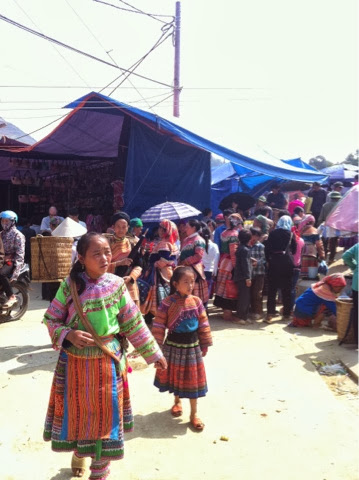Back in the UK after a pretty epic adventure, trying to figure out what the heck just happened...! Looking back at the journey a few thoughts come to mind:
Benefits of travelling
Living with what we could carry on our backs was a liberating experience. Coming home to all this stuff - i question if it's really necessary. Deceiving ourselves into thinking our possessions are an embellishment of self; it may be that they weigh us down. Psychological baggage sticking us to the world preventing the free flight of soulful expression. There are no possessions in the moment, only the experience of now. Possessions cling like they don't want to be let go, but they are not conscious, so we must be the clingy ones! Steeped in sense perception, afraid of the non-sensual we refuse to let go - because we can't see the other side - we can't see what we'd become. But that's the whole point! There is nothing to see there... the highest reality is non-physical.
Alone in a strange place, not knowing the local language or customs, we tread softly to avoid causing offence. Whenever I observed rude behavior from other tourists it was when they were in a group supported by other friends. Creating a comfort zone in a community of supportive individuals they gained the confidence to project negativity on others, knowing they won't be shamed by their fellow 'groupthink'ers. The solo travelers, even when wronged, didn't cause a fuss as they knew they weren't going to remain for long and they were powerless in this strange place. Coming home, I realise that i'm still in a strange place. One day I woke up and saw that I am alive and on this Earth. I didn't create it, so it doesn't belong to me. Therefore I must tread softly upon it to avoid causing offence. Our communities may support our negativities, so let's look at the world and ourselves with the eyes of a solo traveller.
Living day to day was nice - not planning too far ahead. Everyday waking up and thinking 'how can we make the most of today?' It is easy to get bogged down with the past or future, losing today in the process.
Issues with travelling
Some things played on my mind whilst we were away and i'm still not sure what to make of 'travelling'. It is certainly a modern western priveledge, the ability to go to 6 countries in 9 weeks and then get back to our UK lives. Some incidents made me question the value of doing such a thing and consider the overall impact we have on our surroundings. We met many people who would talk about how they have 'done' Cambodia or 'done' Vietnam. What kind of mentality is that - which feels a complete sense of accomplishment for having skimmed over a massive country in a matter of a few weeks without learning the language? By about week 8 of our trip we were bumping into people we met in week 4... in a completely different country! We were all on the same route - is that 'travelling'? I suspect that some feel gratified from the accumulation of passport stamps, from listing all the countries they have been to. How one may have grown, what one may have learnt seldom gets discussed. Then there are the voluntourism issues - some call it savior syndrome - going abroad to save the world for a few weeks. Many travel overseas with good intentions to help local communities. It has become more apparent to me since being away that some may go for their own self gratification as much as any help they offer. Teaching English is often advertised as a need in many overseas schools. So what happens is completely unskilled, unqualified young westerners head over to teach English for a few weeks and then head on to some other place. The thing that bugged us when when a girl asked us, 'how long do you think I need to teach in Cambodia to make a difference? 1 week or 2?' And we couldn't help but think she was going to feel good about herself above actually helping the kids. Then you have issues like Cambodian orphanages springing up to meet the demand of western teenagers wishing to volunteer - filled with kids who aren't really orphans! Yes it happens... Tourism Concern are campaigning to stop orphanage tourism and Al Jazeera have a few programs about the issue on their documentary page.
Most things are not black and white and travelling is the same. There are benefits and drawbacks, good and bad ways of doing it. The same trip might be a great idea for one person and a bad idea for someone else. I hope you have all benefitted from our experiences! We have certainly seen some amazing things, like volcanos, stunning scenery and nice locals. We're going on a package tour around cultural sites in Turkey, leaving tomorrow. Will publish our exploits on here for anyone who's interested!























































